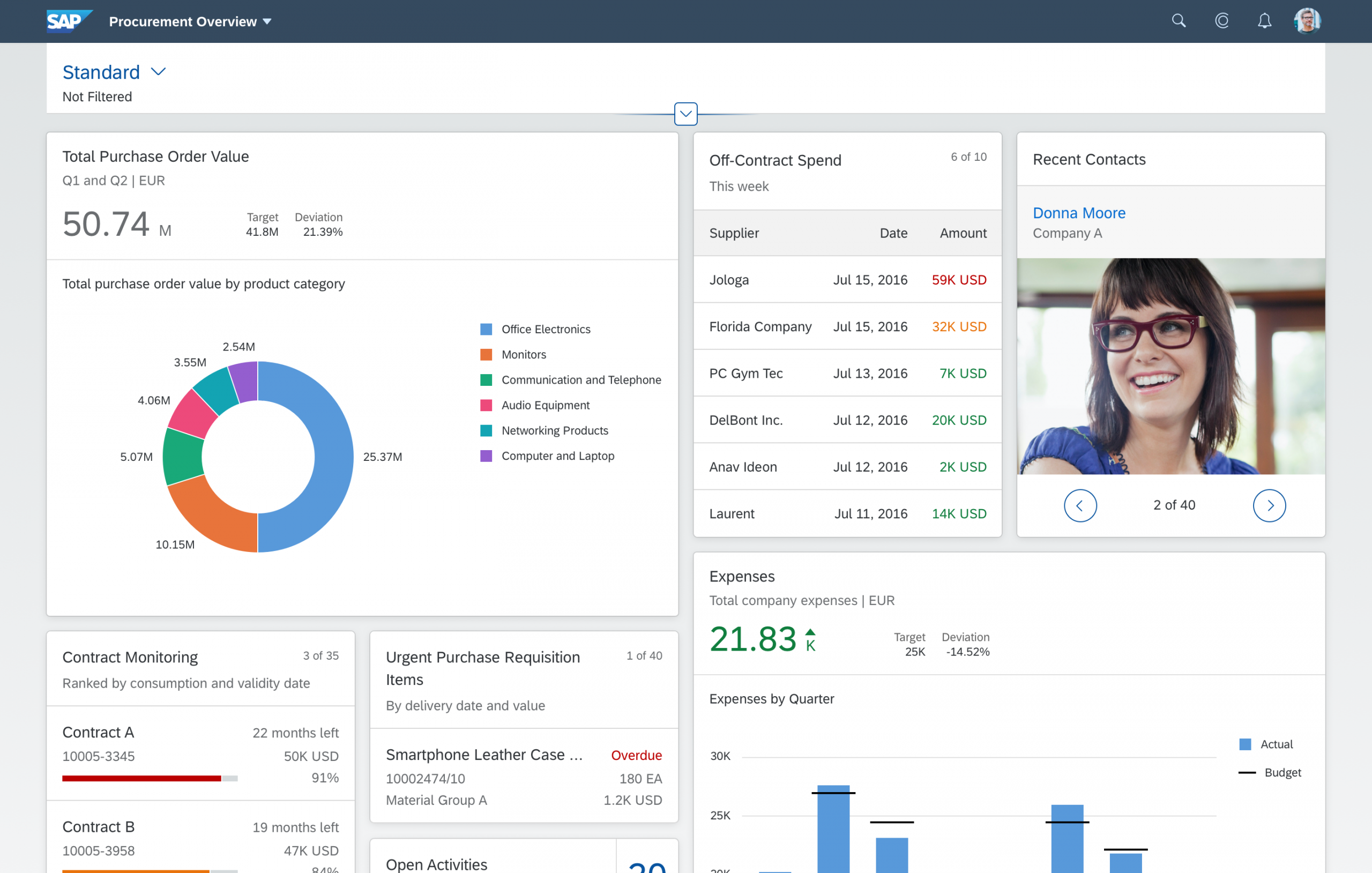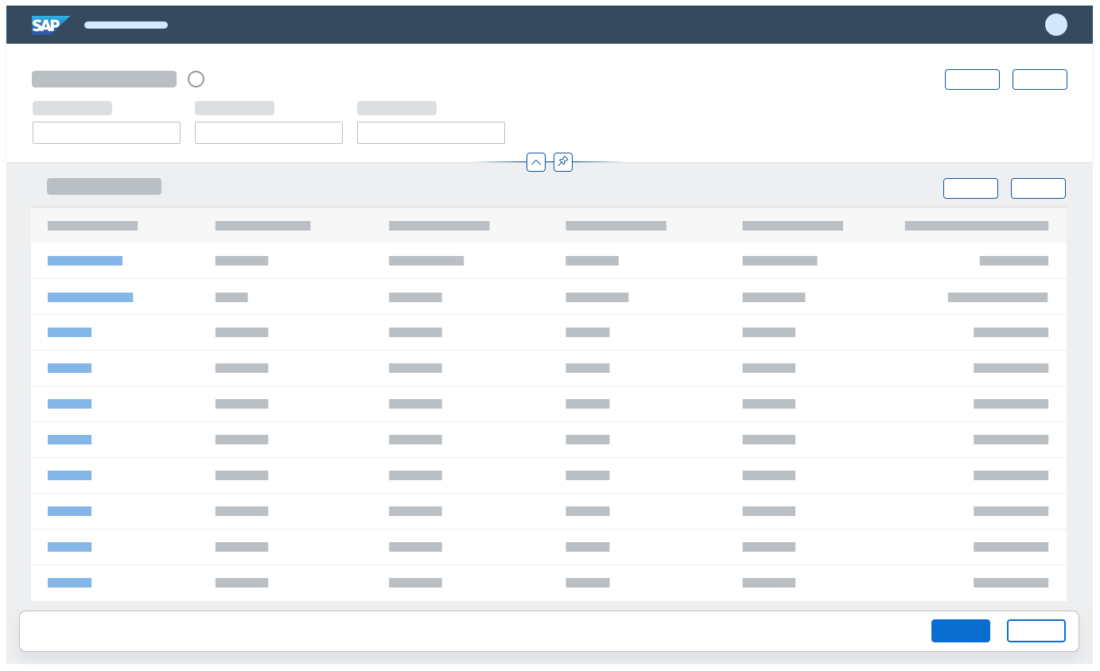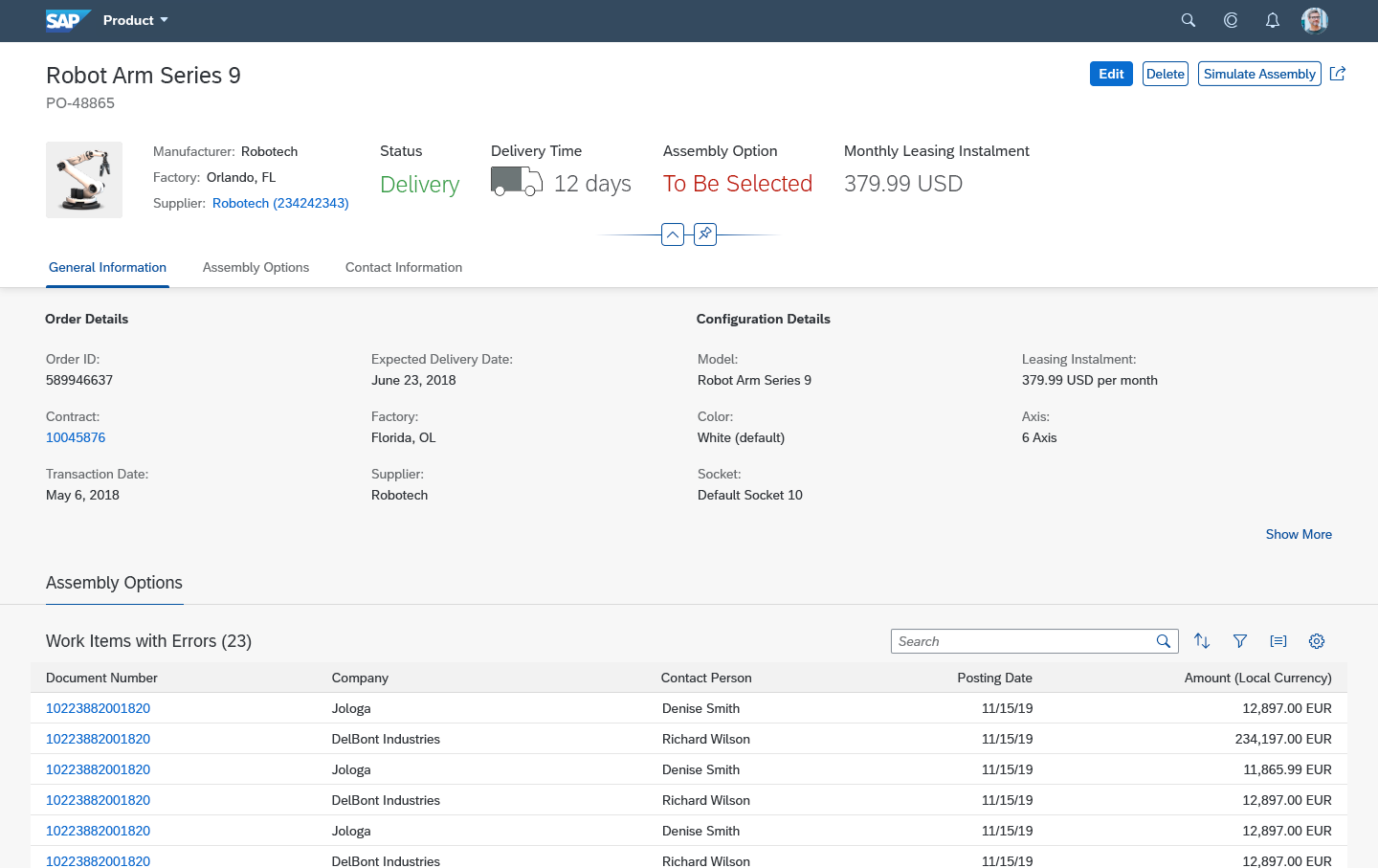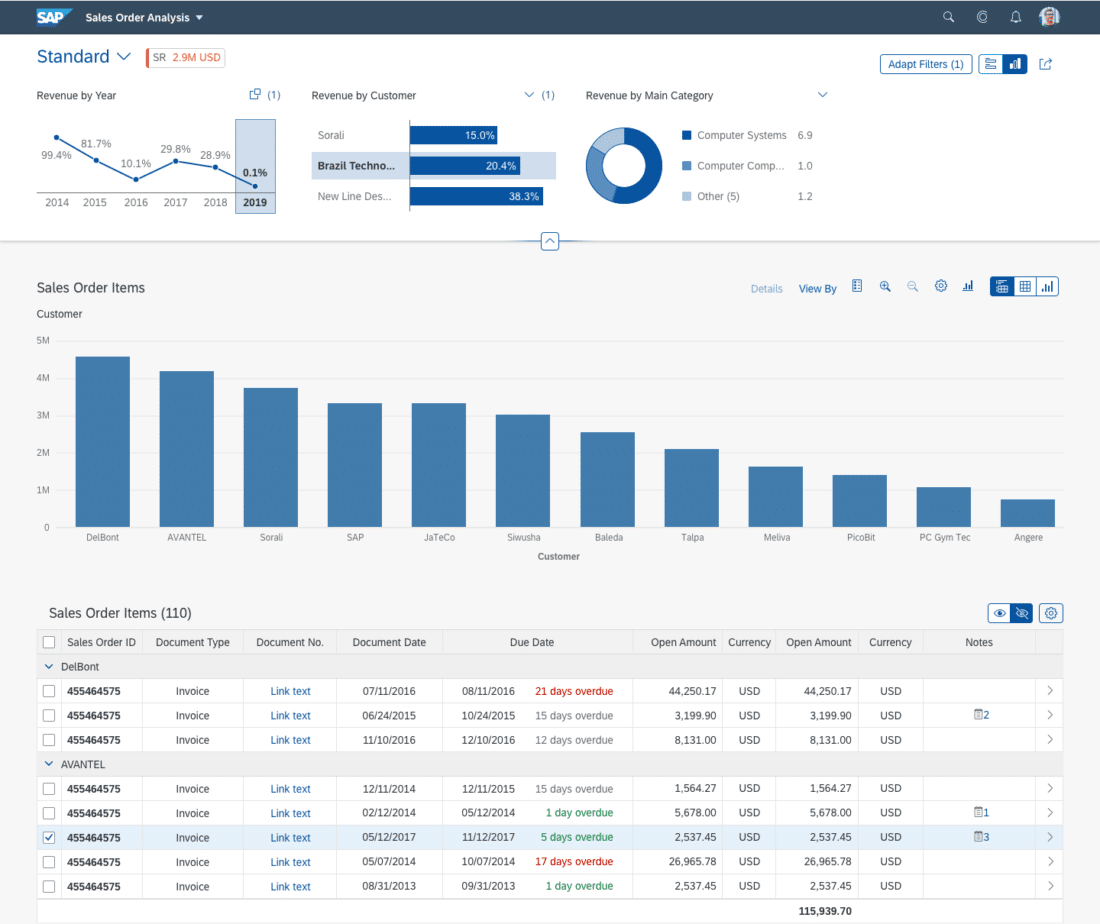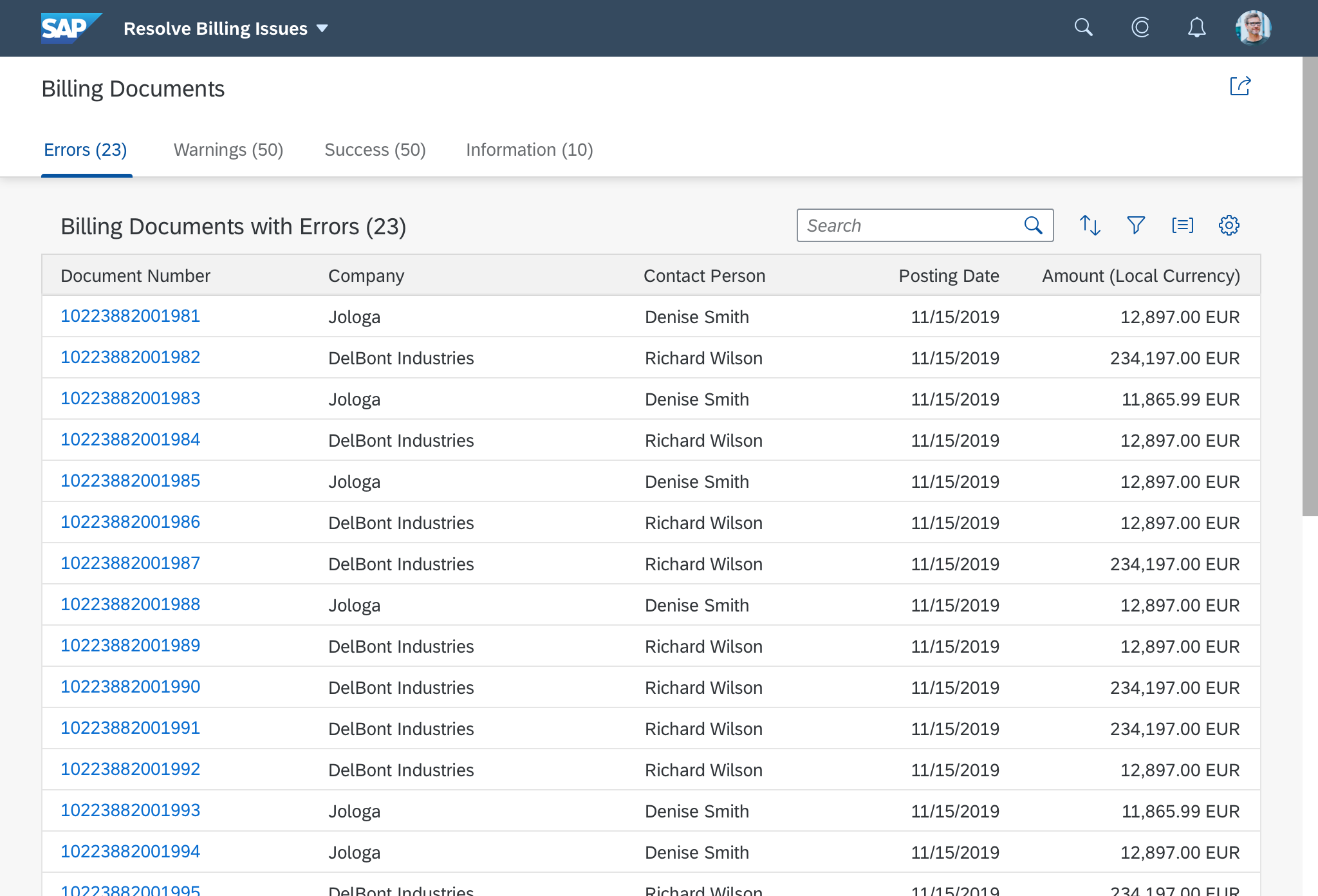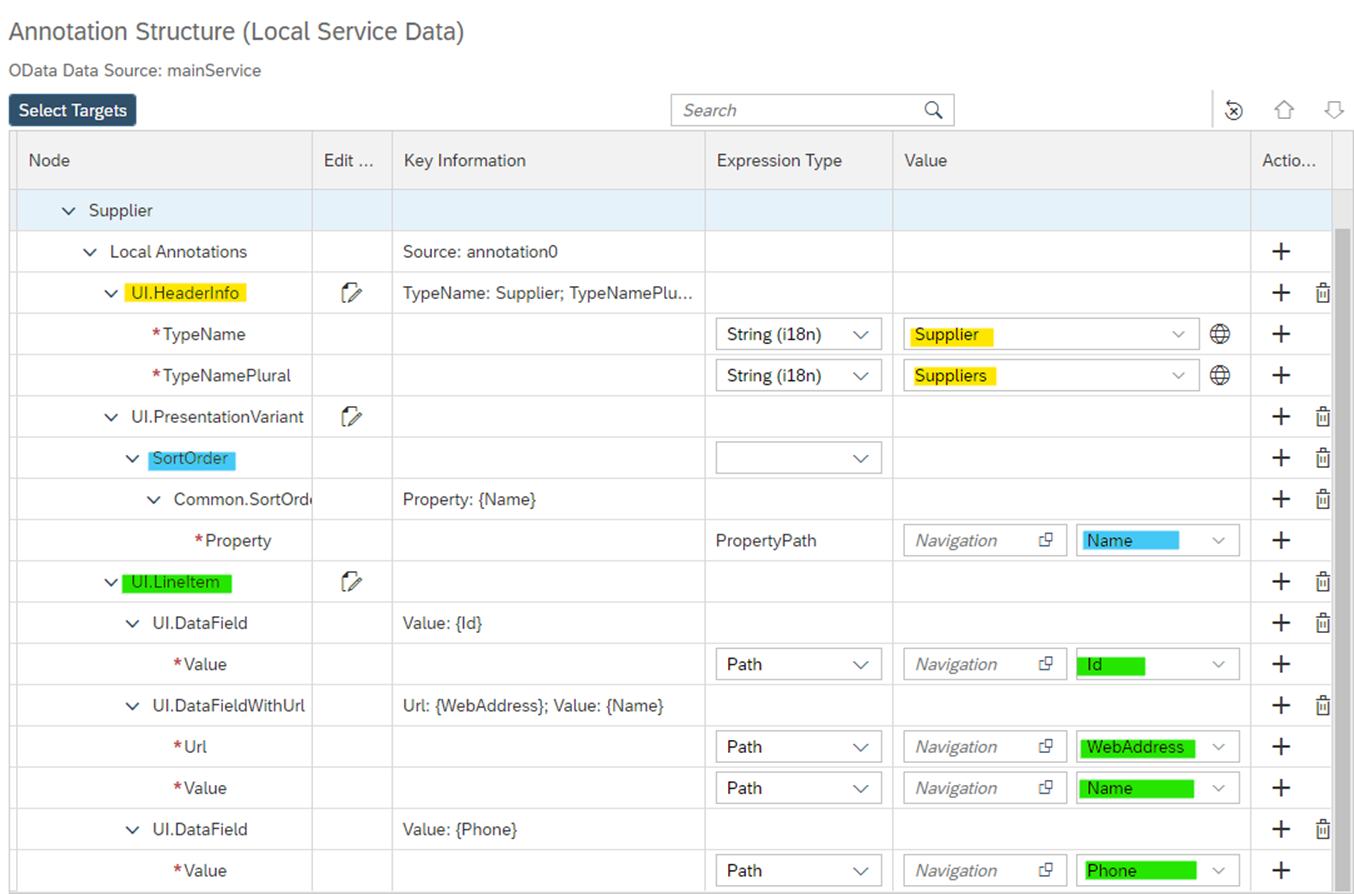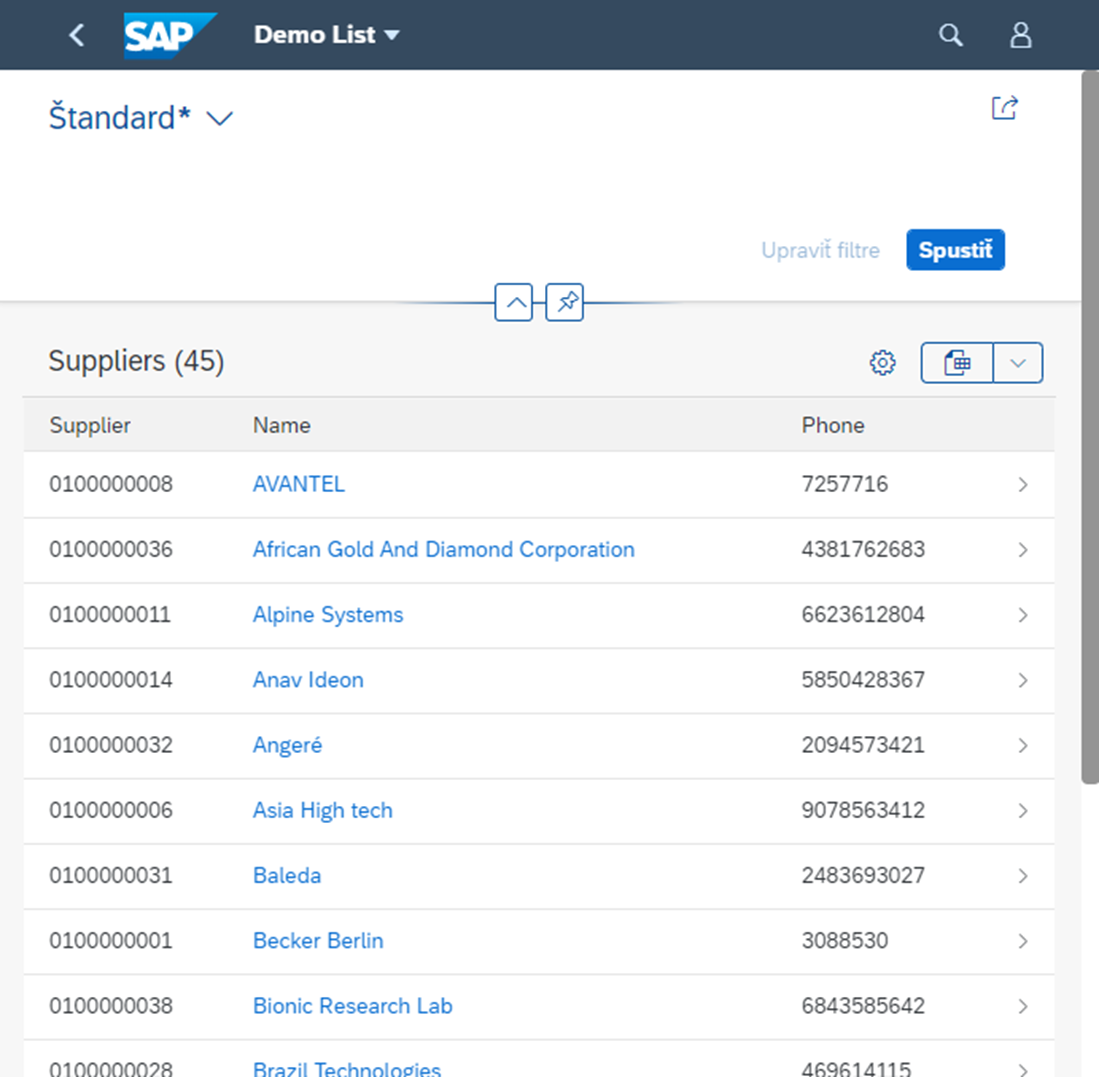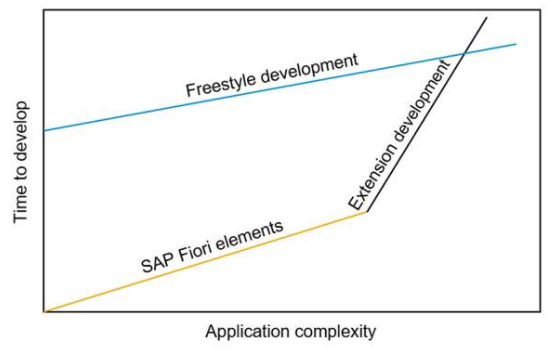
How to start with Smart Home #2 – Smart lighting
In the first part of the series How to live smart #1 you learned what the notion smart home means and how we as a society got o this phenomenon
Do you want to find out what benefits can smart home bring to your everyday life? Then you’re on the right address. This article represents the beginning of a guide/handbook, how to enter the world of smart home. Naturally, it is only one of many perspectives on this topic and that’s why I recommend everyone to spend a bit of time to research what the market offers. I think, that the concept of intelligent lighting is known even to a total lay person Since we’re talking about my personal experience, in this article I will focus on smart bulbs themselves and how I began to transform my home with them to a smart one.
#how to get a smart bulb
The most common and currently accessible brand of intelligient bulbs is the well-know Philips Hue. The brand is exactly not only smart bulbs, but a whole system of smart lighting. It functions on a quite simple principle. In your starter package, you will find the bulbs, a remote control and also a very important piece - the Hue Bridge. It is truly a „bridge“, which connects to your Wi-Fi router and allows the bulb to operate. The reason it’s so important is the fact, that communication between bulbs and e.g. your smartphone doesn’t happen via Wi-Fi or Bluetooth, but via a communication protocol called ZigBee. To explain, your smartphone connects to the bridge via Wi-Fi which then controls the bulbs via ZigBee. It has a long range, but low speed, which means it’s ideal to operate networks for devices like bulbs, power outlets, light sensors, windows sensors etc.
In order to get started, you do not really need anything else besides the bulbs, the bridge and your smartphone. After connecting your bridge and its initial configuration, you only need to download the Philips Hue app and change the old bulbs for new, smart ones. Then we just follow the guide – which takes us through a firmware update, introduces the user interface of the Hue app and finally lets us pair a remote control with a specific bulb.
#what makes a bulb smart?
So what then makes this system, i.e. lighting smart? There are many answers, however based on my experience, I would group them into the following categories, which I’ll explain:
Lighting with a Hue bulb is no longer analogue (i.e. on vs. off state)
The intelligent bulb can achieve quite a lot – change its temperature, intensity and in some cases even color. The Switch itself for each lighting fixture remains in the „on“ state.
We can control the lighting from anywhere
Exactly as you’re reading – it does not matter where you are. Through Philips‘ cloud, you can control your lighting, all you need is an internet connection. This may come useful for example in cases when you forget to turn off the light after leaving your home.
Teach your lighting „habits“ or make it dependant on other actions od iného javu
What’s worth noting in this category is the function of the so-called sunrise and sundown. You can adjust the lighting in order to gradually turn-on/off the light at a particular time (e.g. 6AM) and therefore simulate the sun’s behaviour. Definitely helpful for people who simply can’t get out of bed during winter.
How would you image using smart lighting? Let us know in the comments below.
In the next part of our smart home series of articles, we’ll look into the world of personal assistants such as Alexa, Google Home or Siri.














